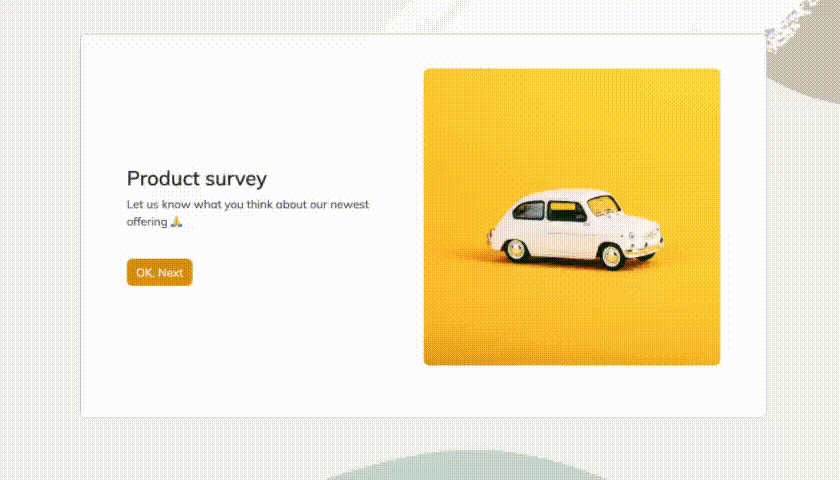30 Customer Service Satisfaction Survey Questions & Best Practices
Explore 28 expert customer service satisfaction survey questions with best practices to boost feedback, retention, and support quality evaluation.
Customer service satisfaction survey questions are the magic behind every thriving support team and happy customer base. When you ask the right questions at the right moment, you unlock goldmines of feedback. This intel helps you retain customers, boost upsells, fix pain points, and keep your brand ahead of the game. Whether it’s after a quick chat, a rescue mission gone right, or just an annual check-in, customer service feedback is your secret weapon for delighting customers and supercharging your support team’s performance.
Customer Satisfaction Score (CSAT) Surveys
Measuring Immediate Happiness
The customer satisfaction score survey is your trusty pulse check on how customers feel right after getting help. It’s famously simple, making it perfect for measuring agent performance and pinpointing satisfaction at key service touchpoints. Customers are more likely to respond since there’s almost zero hassle involved.
Deploy CSAT survey questions right after a live chat, phone call, email ticket closure, or even a store visit. The closer to the interaction, the better—you want to catch customers while the experience is still fresh. With this approach, you’ll know right away if your agents hit it out of the park or if there are action items to address.
Here are five strong sample CSAT survey questions that get straight to the point:
How satisfied were you with the help you received today? (1–5 scale)
Did our representative resolve your issue to your satisfaction? (Yes/No)
Rate your overall satisfaction with the speed of service.
How likely are you to contact us again based on this experience?
What could we have done to improve your satisfaction?
Each of these customer satisfaction rating options offers a window into different aspects of the interaction. You can mix and match, or adjust the wording to fit your brand’s voice.
With such direct feedback, you can:
- Quickly flag unhappy customers and follow up
- Recognize star performers on your team
- Identify quick fixes for recurring issues
If you want to measure how each support touchpoint performs, CSAT survey questions ensure you have your finger on the pulse.
Research indicates that while Customer Satisfaction Score (CSAT) surveys are effective for measuring immediate customer sentiment, they often suffer from response bias, as dissatisfied customers are less likely to participate, leading to skewed results. (techtarget.com)
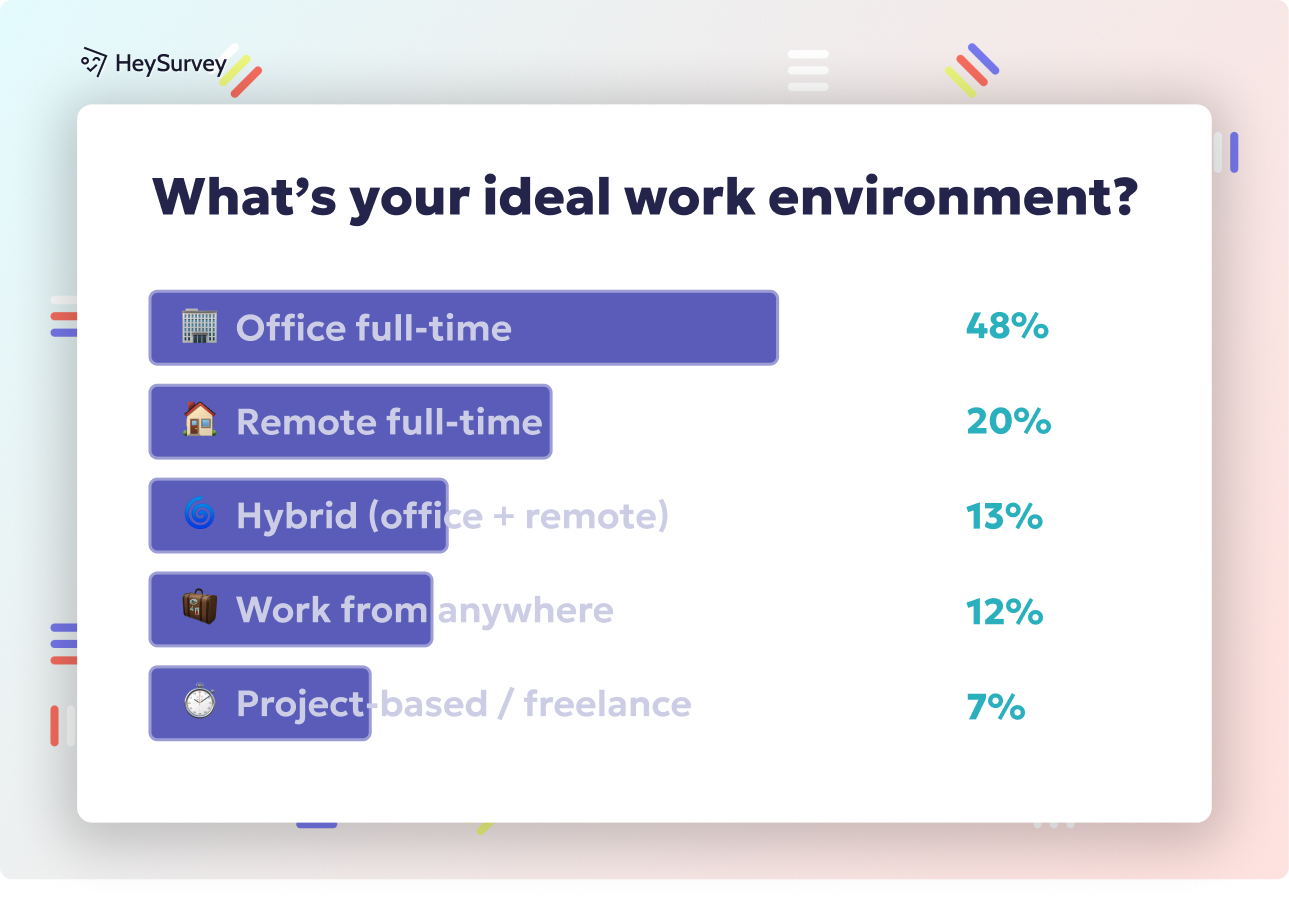
How to Create Your Customer Service Satisfaction Survey with HeySurvey in 3 Easy Steps
If you’re new to HeySurvey, fear not! Setting up your very own customer service satisfaction survey is a breeze. Just follow these three simple steps, and you’ll be collecting valuable feedback in no time. Ready? Let’s dive in!
Step 1: Create a New Survey
- Head to the HeySurvey homepage and click “Create Survey” to get started.
- Choose “Start from Template” to save time—pick a template that matches your customer service survey needs, or start from a blank sheet if you want full control.
- Give your survey a clear internal name so you can easily recognize it later, like “Customer Service Feedback April 2024.”
Pro tip: If you want to skip the setup, scroll down and click the button below this guide to open a pre-built customer service satisfaction survey template that you can customize instantly.
Step 2: Add Your Questions
- Inside the Survey Editor, click Add Question at the top or between existing questions.
- Select question types like Scale, Choice, or Text based on the type of feedback you want.
- Enter your customer service satisfaction survey questions—for example, use a Likert scale for “How satisfied were you with the help?” or a single-choice for “Did we resolve your issue?”.
- Mark important questions as required to ensure respondents answer them before moving on.
- Use open-ended text questions to collect detailed comments and suggestions.
Feel free to duplicate questions if you want to use similar formats or branching paths later.
Step 3: Publish Your Survey
- After adding and reviewing your questions, hit the Preview button to see exactly how your survey looks on desktop and mobile.
- When you’re happy, click Publish.
- You’ll get a unique sharable link—you can send this via email, SMS, embed it on your website, or add it to your post-interaction communications.
- Keep in mind, publishing requires a HeySurvey account, which you can create for free.
Bonus Step 1: Apply Your Branding
- Open the Branding and Settings Panel on the right side of the editor.
- Upload your company logo to make the survey feel like a natural extension of your brand.
- Customize colors, fonts, and backgrounds in the Designer Sidebar to match your brand identity.
- Adding a personalized touch increases trust and response rates.
Bonus Step 2: Define Advanced Settings or Skip into Branches
- Use Settings to set survey start and end dates, response limits, or control whether respondents see results.
- Take advantage of branching to tailor the survey path. For instance, if a customer answers “No” to “Did we resolve your issue?”, you can skip them to a complaint resolution question.
- Multiple endings provide customized thank-you messages based on responses, keeping the experience engaging and relevant.
Now you’re all set! Creating and launching a customer service feedback survey with HeySurvey is painless and fast. Go ahead—give it a whirl and start capturing insights that help your support team shine!
Customer Effort Score (CES) Surveys
Quantifying Friction and Making Life Easier
When it comes to ease of service, nothing beats the customer effort score. This question format determines how hard it was for a customer to solve a problem or complete a task. Studies show the less effort required, the more likely your customers are to stick around and spread the word.
Use customer effort score questions after moments when ease matters most—like returns, password resets, or updating account info. These moments can be make-or-break for reduce customer effort success, and your survey needs the right timing to capture friction before memories fade.
Check out these five sample CES questions for friction-busting insight:
On a scale of 1–7, how easy was it to get your issue resolved?
The company made it simple for me to handle my request. (Strongly disagree–agree)
How many times did you contact us for this issue?
What barriers, if any, did you encounter during support?
What one thing would have made the process easier?
These questions shine a light on ease of service and reveal exactly where customers run into speed bumps. By using this survey style, you get:
- Instant clarity on sticking points in your processes
- Actionable data to streamline operations
- Clear signals for training or system improvements
If you want every customer journey to feel like smooth sailing, incorporating CES into your customer service feedback toolkit is a must!
Research indicates that 96% of customers who experience high-effort service interactions become more disloyal, compared to just 9% with low-effort experiences. (gartner.com)
Net Promoter Score (NPS) Surveys – Service-Based Variation
Predicting Loyalty through Advocacy
The service-based NPS survey flips the classic brand loyalty gauge to focus on your support experience. Instead of asking about overall brand sentiment, it zooms in on how well your service interactions inspire recommendations.
Deploy NPS questions about 24–48 hours after a support moment. That gives customers time to reflect—good or bad—before sharing their verdict. This approach provides insight that’s less reactive and more considered, perfect for promoter vs detractor analysis.
Try these five NPS questions to fuel your feedback engine:
Based on your recent support experience, how likely are you to recommend us to a friend or colleague? (0–10)
What was the primary reason for your score?
How could we elevate your recommendation score?
Would you recommend our support team specifically?
How does our customer service compare to competitors you’ve used?
This set of questions not only quantifies your promoters and detractors, but also gives you service-based NPS context and ideas for improvement.
With this approach, you’ll be able to:
- Track evolving perceptions over time
- Understand what turns customers into advocates—or skeptics
- Fine-tune loyalty programs and staff recognition
A support experience survey like this is perfect for strategic planning and ensuring your customer care leaves an impression that lasts long after a ticket closes.
Post-Interaction (Transactional) Surveys
Zeroing in on the Moments That Matter
Post-interaction (or transactional) surveys are laser-focused. These transactional customer service feedback tools dig into the finer details right after contact—across any channel. By being channel-agnostic, they ensure you capture feedback on phone calls, chats, emails, or even chatbot sessions.
Deploy these right after a chat, call, or ticket closes—ideally via SMS, email, or an in-app pop-up. Instant feedback helps you uncover “moment of truth” impressions and also highlights coaching opportunities for agents.
Consider these five targeted transactional survey questions:
Which channel did you use to contact us?
Rate the knowledge of the agent who assisted you.
Was your issue resolved on the first contact?
How long did you wait before speaking with an agent?
Please describe anything that stood out about today’s interaction.
Capturing post-call survey insights like these helps you:
- Spot process or channel issues quickly
- Identify knowledge gaps for more effective training
- Separate operational bottlenecks from agent-specific challenges
By customizing and deploying transactional surveys, your service quality evaluation leaps from guesswork to precision.
Post-interaction surveys, when sent within 24 hours of a customer experience, can increase response rates by up to 50% compared to delayed surveys. (growett.com)
Service Recovery Surveys
Bouncing Back When Things Go Sideways
Service recovery surveys are your report card for bouncing back after problems. These are sent to customers who had a complaint or issue and gauge how satisfied they are after complaint resolution. It’s critical to know if your recovery efforts truly rebuilt trust or if wounds still linger.
The perfect time to send a service recovery survey is three to seven days after a resolved escalation or refund. This gives the customer space to experience the results and calmly assess whether you made things right.
Here are five pointed questions for honest complaint resolution feedback:
How satisfied are you with the way we resolved your previous issue?
Did the resolution meet your expectations?
How promptly did we address your concern?
How confident are you that the issue will not recur?
What additional steps can we take to rebuild your trust?
Well-crafted recovery surveys let you:
- Measure the true effectiveness of your problem-solving process
- Find out if resolution sticks or if follow-up is needed
- Create data-driven plans to prevent recurrence
This approach transforms a blip in service into a chance to forge voice-of-customer data that drives real change.
Ongoing Relationship / Annual Check-In Surveys
Painting the Big Picture across the Customer Journey
Sometimes you need to zoom out. Ongoing feedback and annual support surveys help you understand the full arc of your customer relationships over time—not just the highlights and hiccups. These surveys provide a comprehensive view of long-term customer satisfaction.
Deploy these quarterly, semi-annually, or annually for active accounts. They work as your barometer for consistency, emerging needs, and areas to innovate in your customer support.
Sample relationship survey questions include:
Over the past year, how satisfied are you with our customer service overall?
Which service channels have you used most, and how do you rate them?
How has our support influenced your decision to continue doing business with us?
What new support options would you like us to offer?
Please rank the following aspects of our service from most to least valuable.
These questions uncover patterns, preferences, and changes in your customer base. As a result, you’ll:
- Measure how well your service supports overall retention
- Identify which channels or offerings are most loved—or most lacking
- Gather strategic input for the customer experience roadmap
If you want your service quality evaluation to go beyond snapshots and provide a movie-length perspective, these relationship surveys are the ticket.
Best Practices – Dos and Don’ts for Customer Service Satisfaction Surveys
Crafting Surveys That Customers Actually Like
Designing customer service satisfaction survey questions isn’t just about what you ask. It’s how you ask, when you ask, and what you do with the treasure trove of feedback you receive.
Here’s how to make sure you’re running customer service survey best practices and making life easy for your respondents:
DO:
- Keep it short—customers are far more likely to respond to concise surveys.
- Personalize questions or greetings to make the messaging friendly and relevant.
- Use a mix of quantitative (ratings, scales) and qualitative (open-ended) question types.
- Automate survey timing for optimal results, like right after ticket closure.
- Act on insights, close the feedback loop by replying or making changes visible.
- Run A/B tests on question phrasing to optimize response rates.
- Share wins and positive feedback with your frontline support heroes.
DON’T:
- Bombard customers with surveys after every interaction. It causes fatigue and lowers response quality.
- Ask leading or loaded questions—bias sneaks in, and your data becomes unreliable.
- Ignore open-ended feedback. Some of the best insights come from what people write in their own words.
- Delay sending the survey until the experience is forgotten.
- Forget mobile optimization—many people will reply right from their phone!
Thoughtful survey design tips and a playful tone help boost participation and increase response rates. Your support experience survey should feel like a chat with a friend, never a boring task.
In summary, investing in the right blend of customer service satisfaction survey questions ensures you never have to guess how your support team is really doing. By mixing CSAT, CES, NPS, transactional, recovery, and relationship surveys, you cover every touchpoint from instant feedback to annual reflections. Keep it friendly, short, and actionable, and both your customers and your support crew will thank you. Ultimately, a smart survey strategy keeps you tuned in and always ready to delight.
Related Customer Survey Surveys
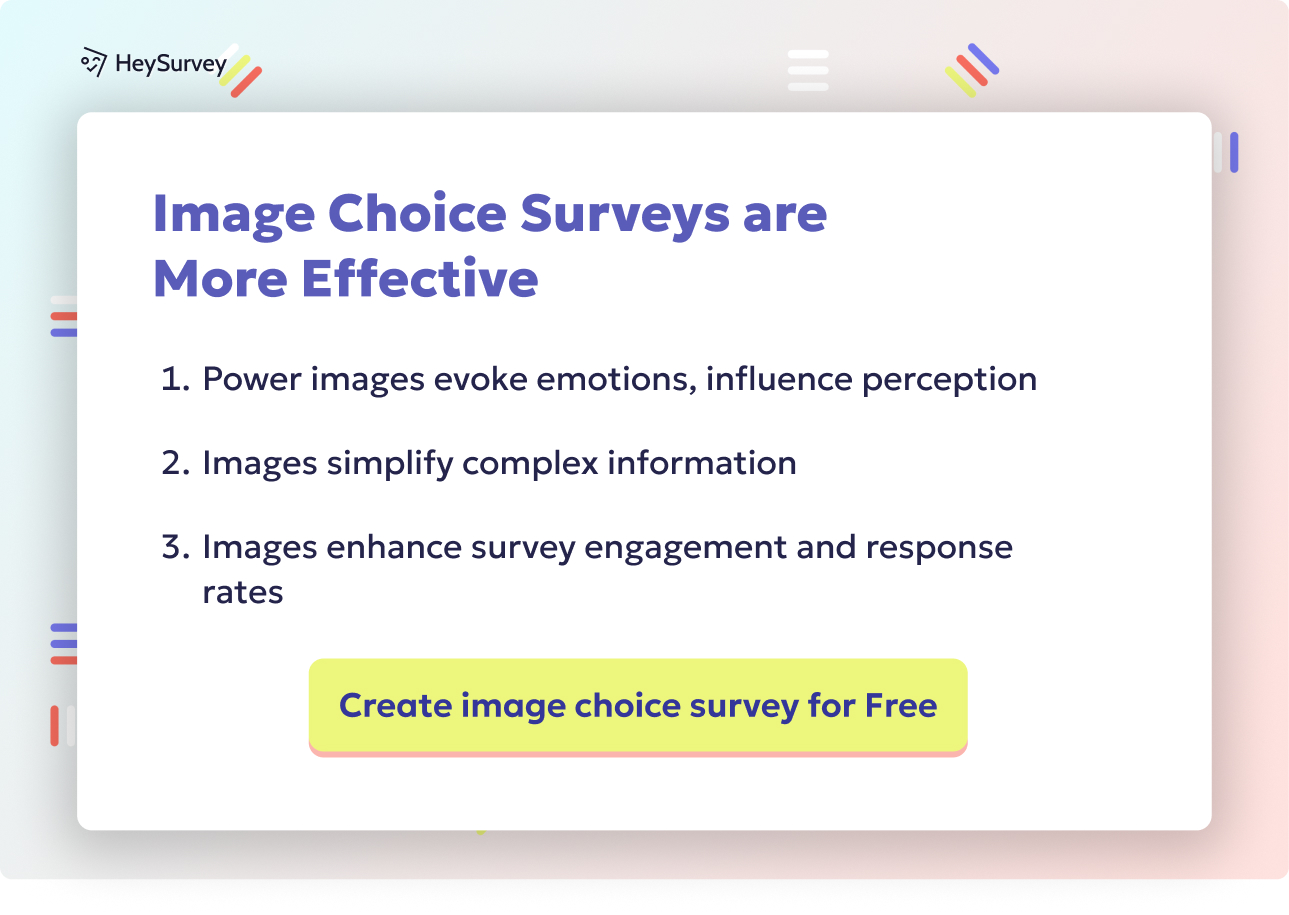
28 Restaurant Survey Questions to Boost Guest Satisfaction
Discover 28 insightful restaurant survey questions to improve guest experience, boost loyalty, an...
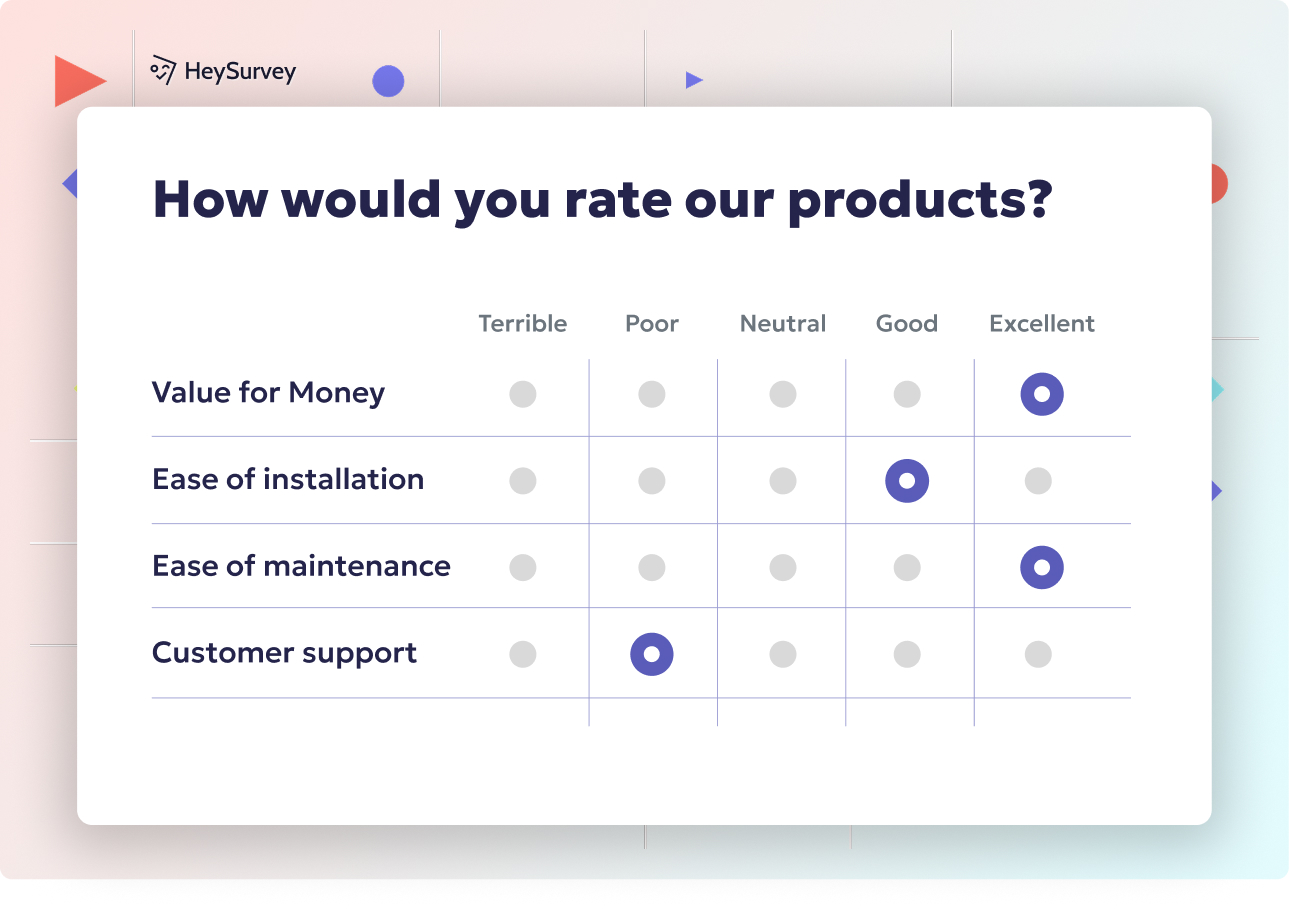
31 Interior Design Survey Questions: Types, Use & Examples
Discover 28 expert interior design survey questions covering preferences, style, budget, and more...
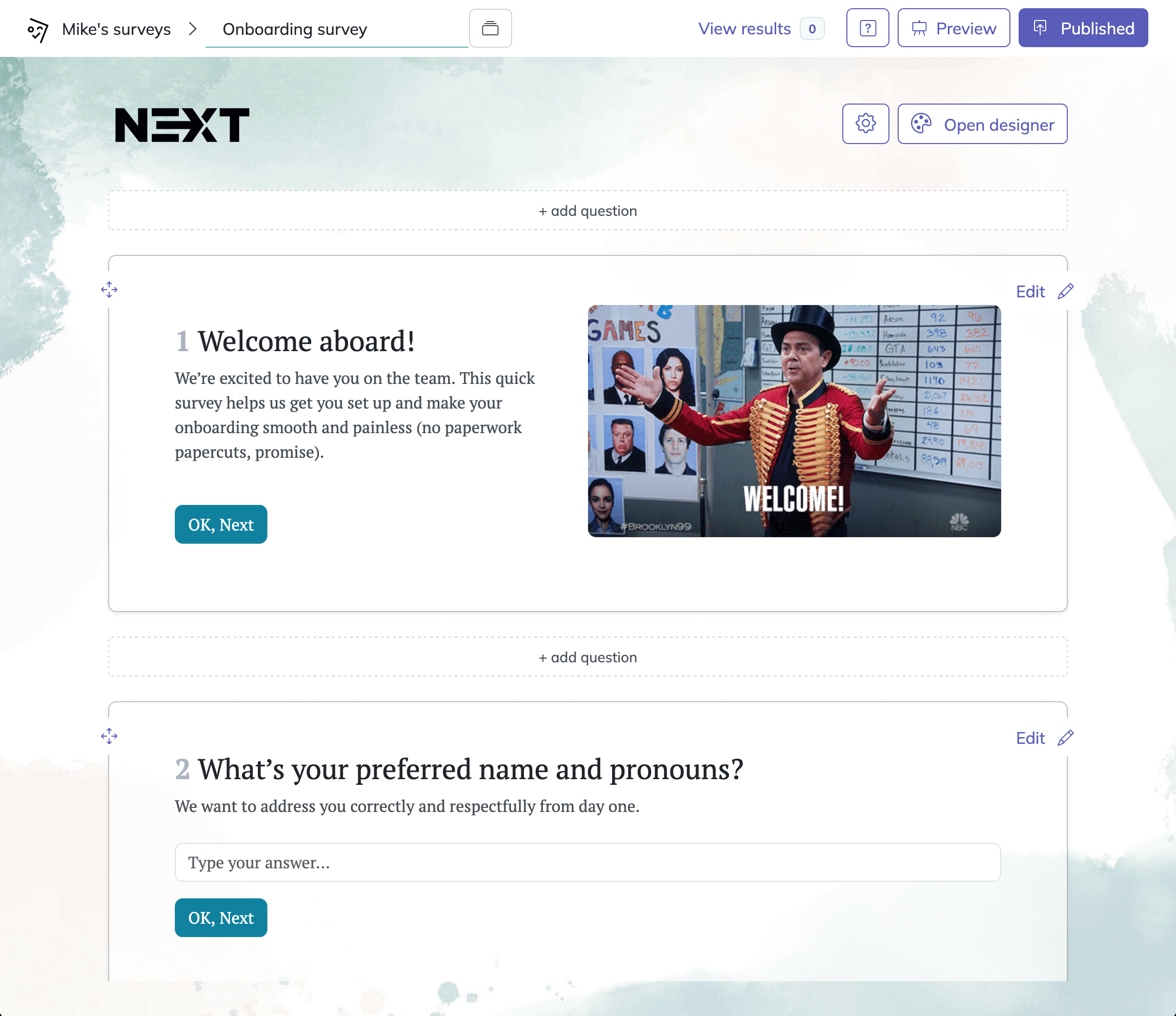
31 Essential Help Desk Survey Questions to Boost Support Success
Discover 30+ effective help desk survey questions with detailed examples to boost IT support feed...
